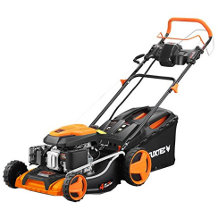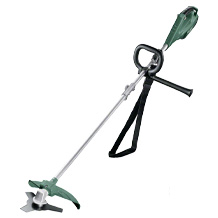Lawn feed purchasing advice: how to choose the right product
- What You Need to Know
- Fertiliser provides lawns with the nutrients they need to grow.
- There are artificial fertilisers and organic fertilisers.
- Artificial fertilisers release nutrients quickly.
- Organic lawn fertilisers have a natural long-term effect.
Nutrients for the lawn
A well-maintained lawn is the heart of every garden. That’s why many garden owners place a high value on the lawn being dense and green – in other words, healthy. For even and beautiful growth, the lawn needs sufficient nutrients, but these are not always available in the soil. Light as well as bare patches in the lawn and a spread of mosses are indications that there is a lack of minerals and trace elements. After all, in addition to important nutrients such as water, oxygen and carbon dioxide, plants also need nitrogen, phosphorus, potassium and magnesium, as well as smaller amounts of sulphur, copper, iron and zinc. Fertilisers supply the lawn with the missing nutrients.
What lawn fertilisers are there?
Lawn fertilisers are divided into mineral and organic fertilisers based on their ingredients. Mineral fertilisers are chemically produced and contain nutrients in the form of salts. They work quickly because the ingredients are quickly released into the soil. Organic lawn fertilisers contain biological waste that must be decomposed by microorganisms after application. It therefore takes a certain amount of time for the effect to unfold.
Mineral fertilisers – rapid nutrient supply
In mineral fertilisers or artificial fertilisers, the nutrients are present in solid ionic compounds. This state is also called “salt”, which is why we sometimes speak of “fertiliser salts”. They are chemically produced with a high energy input. Mineral fertilisers contain a high concentration of nutrients that are quickly released after application and benefit lawn growth.
However, artificial fertilisers bypass the natural biological cycle of nutrient recycling. As a result, they can change the chemical composition of the soil, which is reflected in an altered pH value. Exclusive mineral fertilisation also depletes the soil of humus over time. These two factors significantly deteriorate soil quality. When applying mineral fertiliser, the amount of fertiliser must therefore be precisely estimated in order to avoid the negative consequences of overfertilisation. Instructions on the dosage of the fertiliser can be found on the packaging.
The Federal Environment Agency points out that mineral fertilisers contain trace nutrients as well as heavy metals not needed by plants. Lead, cadmium, nickel, mercury, arsenic and uranium have been found in artificial fertilisers in varying concentrations. Mineral phosphate fertilisers are particularly affected. When used normally and properly, mineral fertilisers are not dangerous. However, under no circumstances should they enter the body. For this reason, children and animals should not walk on lawns treated with artificial fertiliser for a few days.
Pro points
- Rapid effect
- Favourable
- High nutrient content
- Nutrient release independent of weather conditions
Drawbacks
- Sometimes contain heavy metals
- Potential danger for children and animals
- Possible influence on soil pH value
- Overfertilisation possible
- Energy-intensive production process
Organic fertilisers – long-term effect
Organic lawn fertilisers do not contain any artificial substances and are therefore of interest to anyone who wants to stimulate the growth of their lawn in a natural way. They consist exclusively of biological materials such as plant waste, animal dung and horn shavings. Organic fertilisers are therefore not necessarily vegan – fertilisers without animal products are, however, commercially available. The effect of organic fertilisers only sets in after some time, but lasts longer compared to mineral fertilisers. The reason for this is that the nutrients are still present in bound, organic form. Organic fertilisers must first be decomposed by microorganisms so that the lawn can use the nutrients. However, the activity of these organisms is influenced by factors such as temperature and soil moisture. The growth-promoting effect of organic fertilisers is greater the higher the proportion of nitrogen.
Pro points
- Supply of all important nutrients
- Improvement of soil properties
- Overfertilisation hardly possible
- Natural long-term effect
Drawbacks
- No immediate effect
- Weather-dependent release
What to look for when buying fertiliser
There is no such thing as a lawn fertiliser that works equally well on all lawns, because soil conditions vary from garden to garden. Consequently, the grass does not always receive the same nutrients. The fertiliser must therefore suit the nutrient requirements of your lawn. In the shops you will find pure fertiliser or fertiliser with additives that may or may not be useful for your lawn. These include, for example, fertilisers with weed killers. The time of year you plan to fertilise also plays a role in your purchase. For example, fertilisers with a high mineral content are not suitable for the last fertilisation in autumn, as they would simply wash out. Many fertilisers are therefore designated for a specific season. You should also note that fertilisers for plant beds are not necessarily suitable for lawns.
Ingredients
Most fertilisers are complete fertilisers or NPK fertilisers. The abbreviation NPK stands for the components nitrogen (N), phosphorus (P) and potassium (K). Commercially available fertilisers consist of 5 percent phosphorus, 15 percent nitrogen and 8 to 10 percent potassium. Nitrogen is a particularly important component of fertilisers. Especially in spring, the lawn has a high demand for this element, which it needs to grow. In addition to the three NPK elements, however, other nutrients may also be lacking in the soil. In such cases, you need component fertilisers. These supply the soil specifically with certain nutrients. Important additives in fertilisers are magnesium, sulphur and iron.
Some fertilisers not only contain nutrients, but also weed killers. They are interesting for garden owners who appreciate a lawn that is as homogeneous as possible and who do not want to remove wild plants such as dandelions by hand. However, not all lawn fertilisers that promise an effect against weeds and mosses actually contain chemical herbicides. Instead, they are mixtures designed to help the lawn stand up to wild growth.
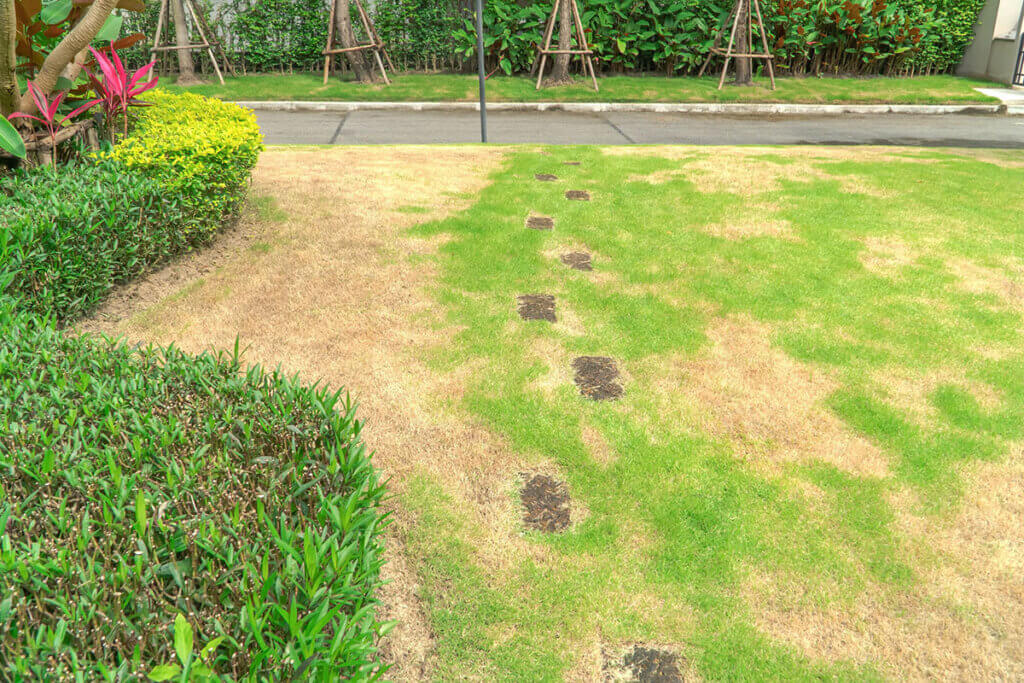
How do I find out what the soil is lacking?
Fertilisation is most effective when it provides the lawn with exactly the nutrients it needs. If you want to add specific nutrients, a soil analysis is necessary. This is done by a specialised laboratory.
Fast or long-lasting effect?
Fast-acting short-term fertilisers release the nutrient compounds they contain after only a short time. This is an advantage if you want to treat a nutrient deficiency in the lawn quickly and see results soon. They are well suited for the targeted treatment of a problem area. These fertilisers are usually artificial fertilisers.
Slow-release fertilisers are characterised by a high proportion of nitrogen. This makes them ideal for supporting the first growth spurt of the lawn in spring. They then supply the lawn with nutrients for several weeks. Some artificial slow-release fertilisers achieve this effect by means of beads coated with synthetic resin. They dissolve over time and release the nutrients. Organic fertilisers, on the other hand, have a natural long-term effect. The nutrients they contain are not released directly, but must be decomposed into their components by soil organisms. However, natural fertilisation is strongly dependent on the weather. If it is too cool and dry, the microorganisms are less active and decompose the organic fertiliser more slowly.
Texture and user-friendliness
Not everyone finds gardening a pleasure, for many it is simply something that has to be done. The quicker and easier, the better. That’s why it’s worth paying attention to the properties of fertiliser when applying it.
Most lawn fertilisers come in the form of granules or pellets, i.e. small balls or sticks. These are easy to spread evenly on the lawn. Fertilisers in the form of powder are also common. Fertiliser powders have the disadvantage that they are dusty and, in contrast to granules, difficult to grasp with the hands. Due to their shape, they are also easy to dose. Liquid fertilisers are difficult to distribute evenly over a large area. They are better applied selectively.
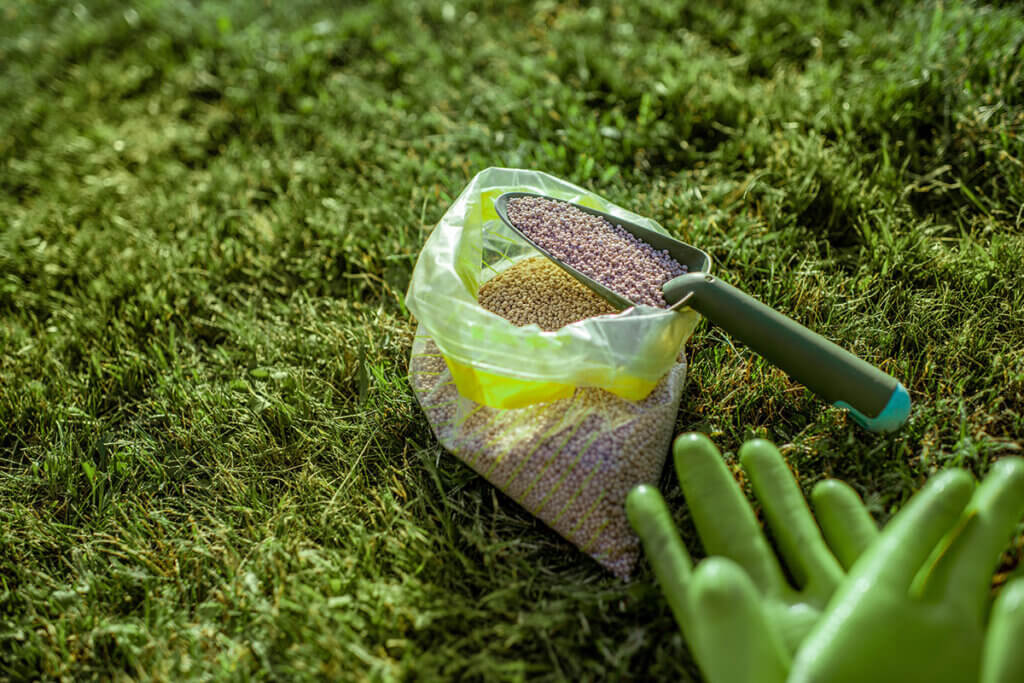
Always wear gloves when spreading highly concentrated mineral fertiliser to avoid skin irritation. Take care that the fertiliser does not get on paving, as it can cause unsightly stains on stone.
Organic fertiliser consists of biological waste and therefore smells unpleasant. The first application will accordingly take some getting used to. If you cannot tolerate the smell, you should try an organic fertiliser without animal additives, as these smell less strongly.
Tips on fertilising
Regular fertilising is the basic prerequisite for a beautiful, closed lawn. However, simply sprinkling fertiliser on the off chance can weaken the lawn instead of strengthening it. You should not only pay attention to the time of application, but also inform yourself about the condition of the soil. One important parameter is the pH value. Lawns grow best on neutral to slightly acidic soil.
When and how often to fertilise?
How often the lawn needs fertiliser depends on the nutrient content of the soil. On average, fertiliser should be applied two to three times a year. The first fertilisation falls between March and April, when the lawn’s growth phase begins. Earlier application of fertiliser is not advisable, as the plants do not yet convert the nutrients. For the first fertilisation of the year, slow-release fertiliser is recommended, which will nourish the lawn for several months. In summer, the lawn will then be beautifully green and dense. A second portion of fertiliser can be spread at the end of June. The last fertilisation of the year has the purpose of bringing the lawn well over the winter. There are special autumn fertilisers for this purpose that contain particularly high levels of potassium, which makes the lawn resistant to frost, drought and fungi.
Immediately after applying the fertiliser, you should water the lawn with the garden hose for about 20 to 30 minutes. The water dissolves the fertiliser and allows it to take full effect.
Treat acidic soil with lime
Spreading lime is part of good lawn care and counteracts over-acidification. Moist and dense soils are particularly susceptible to acidification. They favour the rotting of organic matter, releasing various acids that cause the pH of the soil to drop. The low pH impairs the growth of the lawn. The appearance of moss, sorrel and buttercups are signs of over-acidified soil. Lime raises the pH value. However, it can only be applied sensibly if you have determined the value beforehand. A pH value between 5.5 and 7.5 is ideal for the lawn.
Sufficiently accurate pH tests can be found in garden shops or DIY stores. Take soil samples from several places on the lawn to get a meaningful value. The soil is then mixed in a bucket and mixed with distilled water. The pH test contains a stick that you insert into the mixture. After about one minute you will get the result.
Soil analysis – determine the ideal amount of fertiliser
The motto “much helps much” does not apply to fertiliser. Excessive fertilisation affects plants just as much as a lack of nutrients. Overfertilisation harms the soil, because the unused nutrients are washed into deeper soil layers and eventually pollute the groundwater. A soil analysis can determine which nutrients are present in insufficient amounts. In this way, the lawn can be fertilised exactly according to its needs. For this purpose, soil samples are taken and sent to a laboratory that carries out the analysis. You take the samples from different places in the garden and send them to a research institute. Depending on the laboratory, this costs between 10 and 30 euros. The analysis also provides other important information such as the pH value of the soil.
Alternatives to buying fertiliser
Organic fertilisers from garden shops consist of biological waste products. In the household, these waste products accumulate anyway, so it is not absolutely necessary to buy fertiliser. If you have enough space in your garden, you can build a compost heap and produce natural fertiliser yourself. Soil organisms decompose waste from the house or garden and produce a valuable substrate.
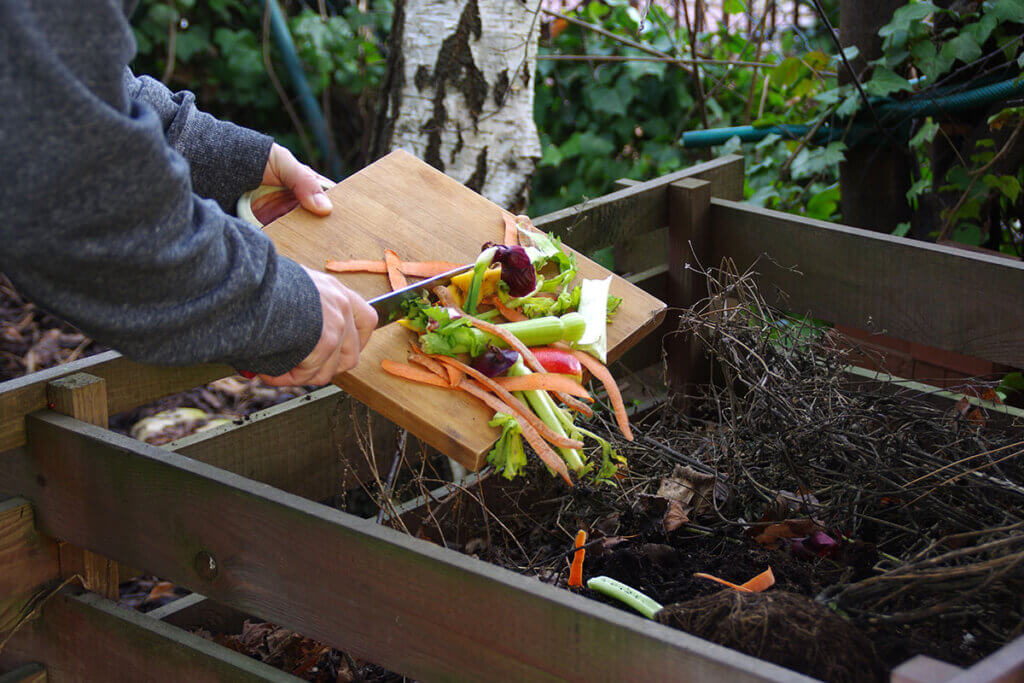
Suitable materials for the compost heap include leaves, prunings, fruit and vegetable scraps, eggshells and bones. You will need to turn the pile regularly. This type of fertiliser production requires time and work, but you still have the feeling that you are doing something good for your garden with natural nutrients.
Fig. 1: © singjai / stock.adobe.com | Fig. 2: © rh2010 / stock.adobe.com | Fig. 3: © Skórzewiak / stock.adobe.com

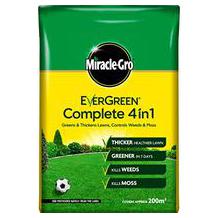
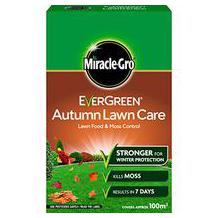
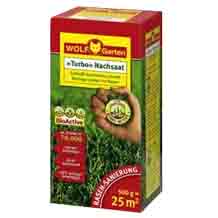
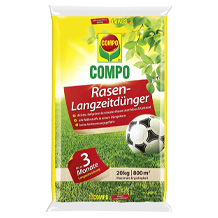
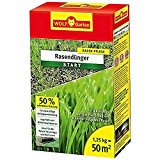
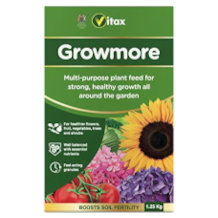
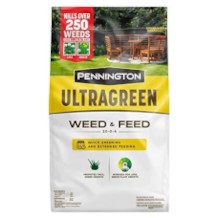
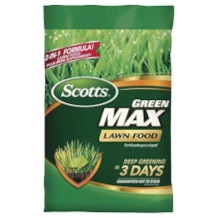
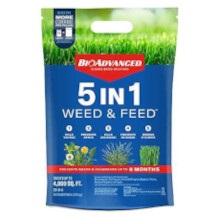
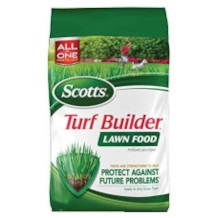
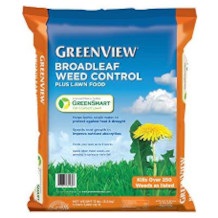

 3,216 reviews
3,216 reviews


